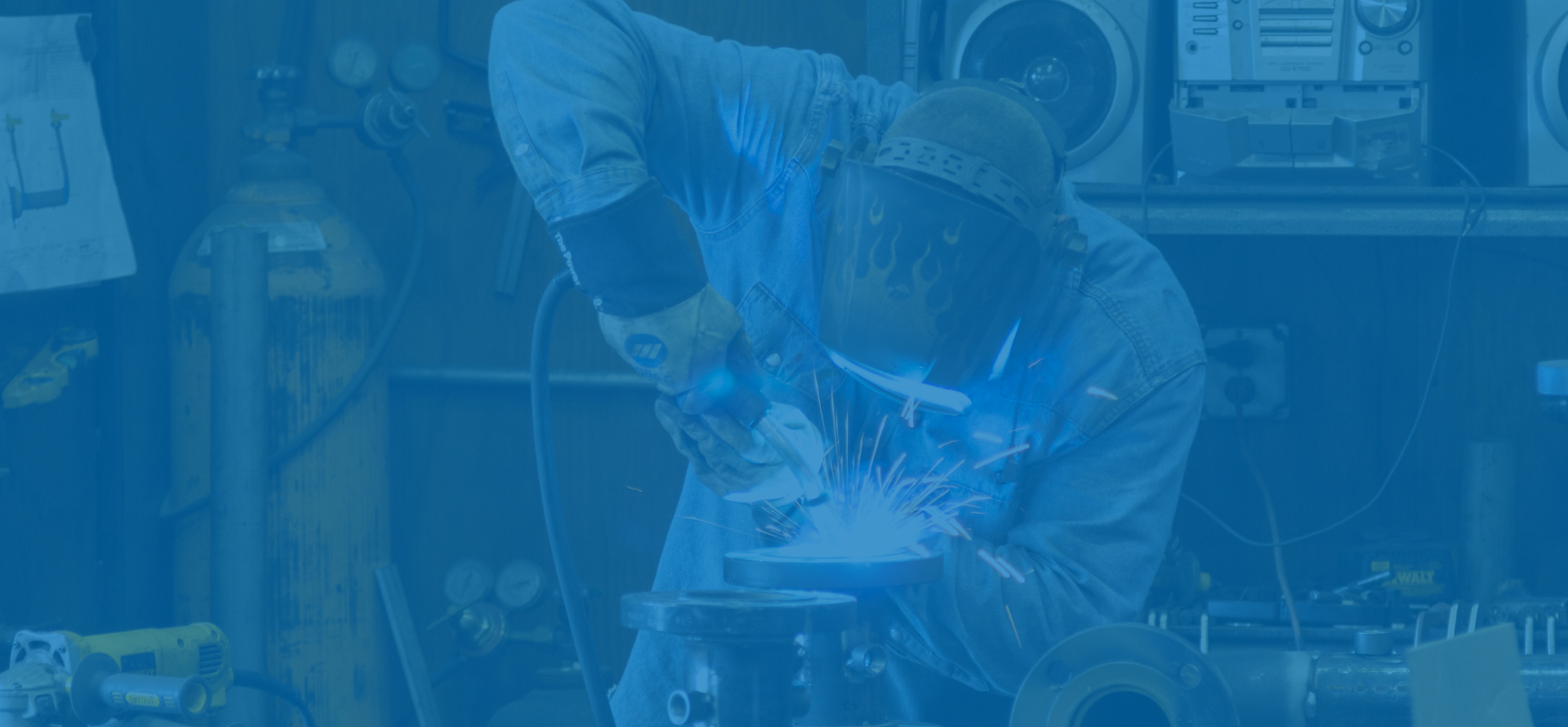
When it comes to pumps, it’s best, to begin with learning the terminology so you can accurately talk with an industry representative about your needs when you’re ready to make a purchase. Additionally, knowing the lingo will provide you with the knowledge you’ll need going forward to maintain that system and to help diagnose any potential problems.
Here is a list of the most commonly used pump terminology.
Air Bound. Occurs when the centrifugal pump body fills with air and the pump loses prime and a vacuum can’t be formed. When trying to re-prime the pump there must be a way for the trapped air to escape and allow fluid to fill the pump casing.
Cavitation. This happens when vapor bubbles implode. Cavitation can cause catastrophic pump failure if allowed to continue over a period of time. Cavitation usually occurs in applications where there is a high suction lift.
Friction Loss. This is the term used to refer to any reductions in pressure that are caused by turbulence such as when water flows through the hoses, pipes, fittings, and elbows.
Net Positive Suction Head (NPSH). Is the head (pressure) that allows water to flow into the suction opening of the pump. The NPSH-Available is a function of where and how the pump is installed (suction lift, suction friction losses, water temperature, elevation relative to sea level, etc). The NPSH-Required is a function of the pump manufacturer’s design of the pump itself. The NPSHA must always be greater than the NPSHR for the pump to function properly.
Performance Curves. A performance curve charts the total dynamic head (TDH) or pressure as it relates to flow rate.
Static. A term used for acting by weight and not by motion. This is the opposite of dynamic.
Strain Relief Protector. This is the support that keeps any given electrical cord used in a submersible pump from being pulled out of place accidentally.
Thermal Overload Sensors. These sensors are built-in to most small horsepower (3HP or less) single phase pump motors. These sensors will shut the pump down if the operating temperature gets too high.
Volute. The volute is also called the pump casing. The volute is where the impeller rotates and pressure is developed.
Water Hammer. When a sudden stoppage in the flow of water from the pump occurs, the water hammer is the energy that’s transmitted due to that stoppage.
The Bottom Line
This is just a brief overview of pump terminology. We encourage you to take a few minutes to learn as much pump terminology as you can. Going forward, this will help you make more informed decisions about your equipment and how it all works.
If you would like more information about pumps or any other type of water service equipment, please don’t hesitate to Contact W.P. Law, Incorporated. We have been the Southeast’s leading supplier of fluid handling equipment since 1970 and we’d love to show you just how cost-effective using the proper equipment can be.









